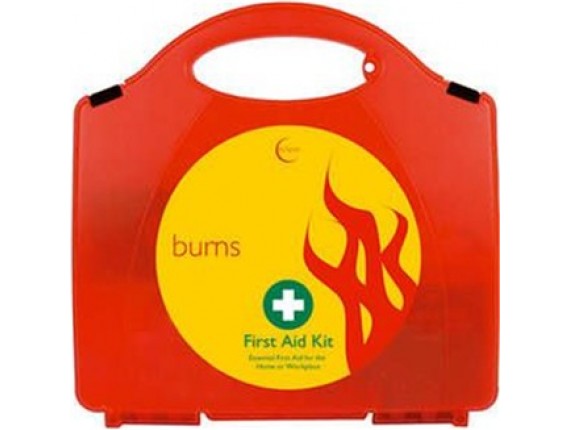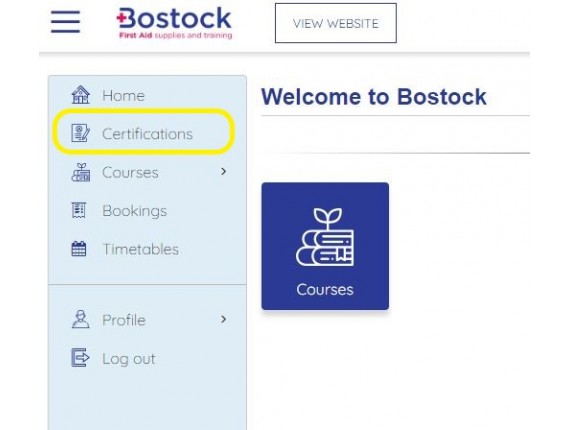How to Use an AED

The longer the heart has been fibrillating, the less likely it is to start - learn to use an AED and you could save someone's life.
The Heart
An automated external defibrillator (AED) is a portable device used to administer an electric shock to the heart and restore the heart's normal rhythm during Sudden Cardiac Arrest. Ventricular Fibrillation (VF), the abnormal heart rhythm that most often leads to Sudden Cardiac Arrest, is treatable. If the heart can be shocked quickly with an AED, a normal heart rhythm may be restored.
The heart is the only muscle in the human body that can create its own electrical impulse. This means that even if you cut the spinal column the heart can keep beating. Although the electrical impulses come from a primary pacemaker, there are backups within the heart. If the primary pacemaker fails, then backups fire up but his can also cause problems. Instead of beating in a regular rhythm, backup impulses can cause the heart to quiver chaotically resulting in no blood pumping. This is called Ventricular Fibrillation (VF)
Is defibrillation actually “Jump Starting” the heart?
No – the shock is meant to make the heart’s electrical cells recharge at the same time. This hopefully will stop the heart so that the cells have a chance of sending impulses in a normal rhythm again (and therefore restart the heart pumping normally)
Resuscitation
D– Danger
Make sure that everyone is safe including the casualty and any members of the public.
R – Response
Gently shake the casualty and shout “Are you alright?”
If there is no response:
Shout for help
Ask someone to dial 999/112 and another to get the AED
A – Airway
Carefully open the airway using head tilt
B – Breathing
Whilst the airway is open look, listen and feel for breathing. Take no more than 10 seconds.
If the casualty is not breathing normally, start CPR immediately, continue CPR until the AED arrives.
When the AED Arrives:
If someone is helping you get them to continue with CPR while you get the AED ready. Once you switch the AED on it will instruct you to take the pads out of the package and stick them onto the casualties bare chest. Do NOT remove the pads from the chest if you place them the wrong way around – the AED will still work.
Follow the voice prompts.
If a shock is advised, make sure that nobody touches the patient, then shout “stand clear”. Push the shock button as directed and then follow the voice prompts.
If no shock is advised then immediately resume CPR with a ratio of 30 compressions to 2 breaths. Continue as directed by the voice prompts.
Would you like to buy a defibrillator? Have a look at our range here.



